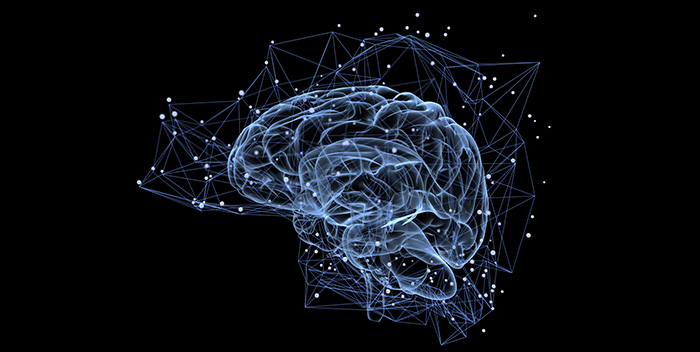
How does art affect the brain?
By Guest writer Justin Havre
Arguably, the most important part of the human body is the brain. It is the major control center of the whole body and it is the way we perceive and experience art and entertainment. MRIs taken of the brain show that it is a highly responsive and elastic organ, exhibiting activity and change at even the most subtle stimuli. Music, visual art, and video all can affect different parts of the brain and even improve them to a certain extent for better overall functioning. These changes can be observed accurately and precisely using modern brain imaging technology methods and scientists are using this information to come to all kinds of interesting conclusions about how we function.
In this exciting and constantly evolving world, the merging of art and science is inevitable. The more research is conducted, the more science learns that art can cause long lasting positive cognitive affects for both the art maker and the art viewer.
The Affects of Art Making
Recently, neuroscience has begun to take an interest in how peoples’ brains react to different types of art making. A professor at Northwestern University is very interested in these new theories. Her name is Nina Kraus and she teaches and researches in the areas of neurobiology, otolaryngology (ENT), physiology, and communication science. Through her research, she has made some amazing discoveries about how our brains are affected by different stimuli in the form of visual art and music. She has concluded that making or viewing art can have positive affects on the human psyche.
In her research, she found that someone can become a better functioning human being through the processes of looking, listening, and creating. For instance, the act of drawing can strengthen the visual cortex of a blind person, creating activity where none had existed before. The brain will literally rewire itself according to what area is being exercised at that time. The pathways then grow strong and more effective, just like in muscles when they are exercised. Likewise, it has been found that music students are able to think more critically and hear more accurately after just around 2 years of practice. These activities strengthen the bonds between neural pathways allowing for more efficient processing.

Art in Psychology
Art therapy is an amazing and beneficial use for for these theories. The therapist can utilize specific therapeutic art-making activities to unlock traumatic memories or to gain perspective of the person’s family dynamics. Family mapping is a great activity to start with when using art for therapeutic purposes. It can be a wonderful catalyst for healing issues and to inspire emotional growth. The patient is asked by the therapist to use specific symbols to represent different members of the family, whether they are dead or alive. The patient is asked to use the space and size the shapes or symbols according to their emotional and physical relevance to reality. This gives the patient and doctor a unique insight into their feelings and how it relates directly to their issues.

The Affects of Art Viewing
It has been known for awhile that art making can be used as a successful tool in cognitive behavioral therapy, but how exactly does just looking at visual art or listening to music affect the brain? Can you really reap these benefits from just walking into an art museum and studying its content?
The answer is yes. Researchers asked subjects to stare at and evaluate visual art while on a trip to a fine arts museum. They found that the people who visited the museum were more likely to exhibit social tolerance after meandering the art museum halls, and that they showed higher levels of critical thinking after the trip was over. These experiences have been recorded in a laboratory setting as well, with MRIs lighting up the same corresponding sections of brain when shown specific visual art material.
Stress Relief
One study from the University of Westminster found that peoples’ cortisol levels decreased after spending time in an art gallery. After just 35 minutes of exploring the museum, stress hormones were measured at impressively lower levels than when the people entered the building. With stress as the leading cause of many diseases, the value of the effectiveness of enjoying visual art cannot be over valued in our society.
If you would like to test some of these ideas out, come experience thought-provoking art at Alberta fine arts shows. This incredible research shows that the visit will leave you feeling mentally refreshed, less stressed, thinking more critically, and acting more tolerant.
Visit author Justin Havre’s site here: www.justinhavre.com
![]() Previous articleSean Caulfield Wins 2017 Eldon & Anne Foote PrizeNext article
Previous articleSean Caulfield Wins 2017 Eldon & Anne Foote PrizeNext article![]() Review: Summer Solstice Music Festival
Review: Summer Solstice Music Festival

